A Home For NFT’s Is Building on NEAR: Here Is Why That Matters

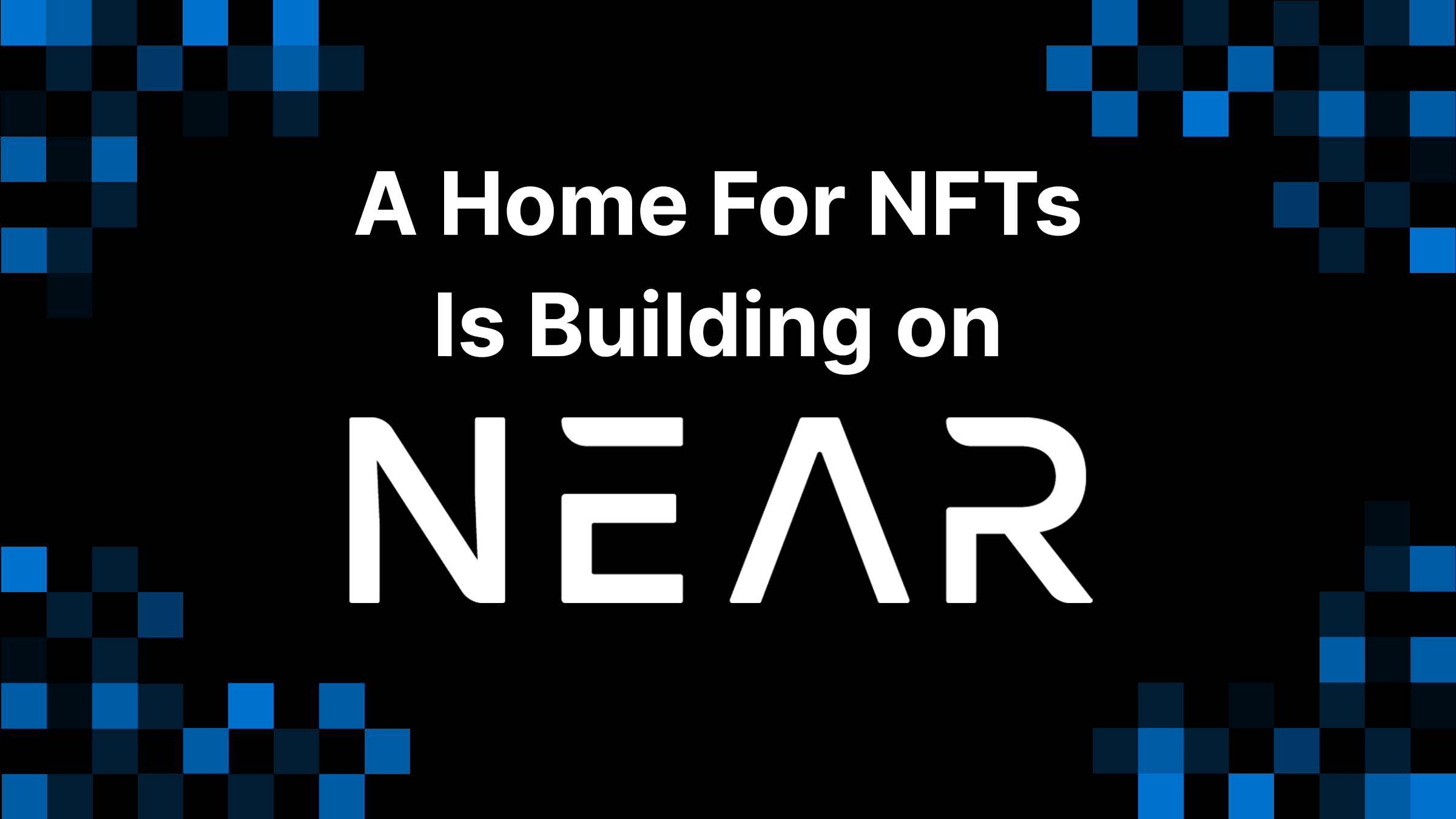
Most people have heard of Non-Fungible Tokens: Crypto-Kitties. A New Ownership Economy. Tokenized Art. Real Estate. There are plenty of different buzz words used in reference to the massive potential that this rising asset class holds whether it be for providing new value, business models, or personal credit to creators and investors alike.
In context, Non-Fungible Tokens have somewhat silently emerged in the past 6 months beneath the DeFi frenzy, with nonfungible.com registering over $8.6 million dollars in value exchanged in the past month alone – 5.9% of the total value that NFT’s have garnered since they were created.
Define Non-Fungible Token According to the NFT Bible:
Non-fungible tokens (NFTs) are unique, digital items with blockchain-managed ownership. Examples include collectibles, game items, digital art, event tickets, domain names, and even ownership records for physical assets.
If you are not familiar with NFT’s you may have a hard time conceptualizing their value or how they can be used. Here is a general point to keep in mind:
With NFT’s, you have the opportunity to establish unique digital ownership over a specific asset, in which you alone possess that asset, and the details (or metadata) pertaining to that asset are built into the smart contract beneath it. That means that the asset can be divided and sold, value can be pushed into the asset from another contract, and changes in ownership over time are recorded in its digital mechanics.
Where is Disruption from NFT’s Going To Happen (First)?
Art, Music, and Content: According to Matty (@DCLblogger) NFT’s have the potential to bring the following to creators and artists alike: They Can be tied back to the Artist, Sales history tracked, Bought & Sold on the Marketplace, Authenticated as the ‘original’ piece. Royalties can also be built into the transfer of ownership of the piece of art, music, or content in question.

Real Estate and Land: Tokenizing houses, pieces of land, or geographical coordinates has the added benefit of better managing ownership, distributing / fractionalizing value, and increasing exposure to different markets. From being a smart real estate investor to plotting out land tenure claims in the developing world, NFT’s bring a host of value to multiple industries dealing with both physical and digital land.
Tickets and Events: Ticketing and event management is an interesting one, that assumes the future of tickets, event management and voting is going digital. In a post-covid world that idea does not seem to be too far fetched. Here is what Mintbase’ Nate Geier had to say about NFT’s for ticket management:
“NFT’s are really going to start shining when using voting and tickets with NFTs. You can buy the ticket using a decentralized currency and go to an event. But as soon as you say there is an open API anyone can interact with to create voting apps or ecosystems, then you can add things by saying, anyone who has a DAppcon ticket can cowork at our space as well – this is really exciting.” – Hack the Rainbow Session 5.
In essence, using NFT’s for ticketing, voting and events allows project managers and event hosts to digitally push value and additional perks into their audience’s pockets for services that may relate to an event (i.e. free access or claim) or even go beyond it (i.e. anyone who attended Web Summit gets a free coffee certificate to Starbucks every month for the next 12 months through their NFT).
Gaming: Online Gaming, predicted by some to be the home of the next trillion dollar company is another key area where NFT’s are shining. In games like Zed.run users are able to purchase scarce digital assets that have the opportunity to improve their performance or add uniqueness to their character. From horses, to weapons, to rare items, game creators can embed such objects into their gaming worlds and let them take on a life of their own on alternative markets, and among players and collectors.
Financial Instruments: Last but not least, NFT’s have the potential to revolutionize financial instruments – especially in how value can be stored, fractionalized, and traded. An easy example of this would be to use an NFT of an asset (i.e. a digital piece of art or a bottle of wine or a house) as collateral for backing a loan. The NFT is locked in return for accessing the loan. Only once the loan has been repaid, is the NFT transferred back to its owner. These functions are programmed into the smart contracts underlying the tokenized assets.
Ready for something really mind boggling? You could tie a stake on a protocol into an NFT, and then fractionalize that NFT and sell pieces of it to different users interested in accruing state interest over time. This is how it is explained in the NEAR – ETH Rainbow Hackathon:
“Mark just minted an NFT that allows you to accrue your states interest, if you are the owner of that NFT. So if you want to give that NFT to your friend for christmas, then they can start accruing the interest. The owner of the NFT is the staker – the Aave staker. The NFT offers portable stake pieces that can be shared or loaned out. DeFi NFT stuff is the next frontier.” – Hack the Rainbow Session 5
Why is NEAR the Home for NFT’s?
A lot of people underestimate the importance of accessibility and usability in the context of new technology or innovative products. Put simply, if it’s not easy for average people or niche market segments to access and use a product in question, it probably will not go mainstream anytime soon. This sentiment is echoed by dApp Radar’s Ilya Abugov when he tells Cointelegraph about the following challenges NFT’s are facing:
“Although there is a bit more engagement, there is not much ready for mainstream use in terms of UX/UI. Moreover, NFTs inherit all of the typical difficulties of a blockchain-utilizing project and some of the traditional industry challenges may cross over as well. For example, art and collectibles are not very liquid.” (CoinDesk)
NEAR is well positioned to become the home for NFT’s because NEAR provides a platform that is exceptionally user and developer friendly: Use an Account Name, Build solutions in Rust or AssemblyScript, No Network Congestion Worries, and most importantly, Community Infrastructure to support creators and projects. What this means, is that NEAR is at the forefront of making NFT’s digestible to average users, investors or collectors – without having to worry about technical terminology, alphanumeric wallet addresses, and high transaction fees. For a more comprehensive overview of NEAR Protocol and its many features, see The NEAR Investment Thesis.
NFT’s On NEAR: What’s Happening Right Now
As a protocol, NEAR recently launched their main network back in September. In the short couple of months since that time a number of different projects focused on supporting the growth and development of Non-Fungible Tokens has organically arison on the platform. At the time of writing (December, 2020) a foundation is being built for a robust NFT community on NEAR. Here are the main players involved in that community:
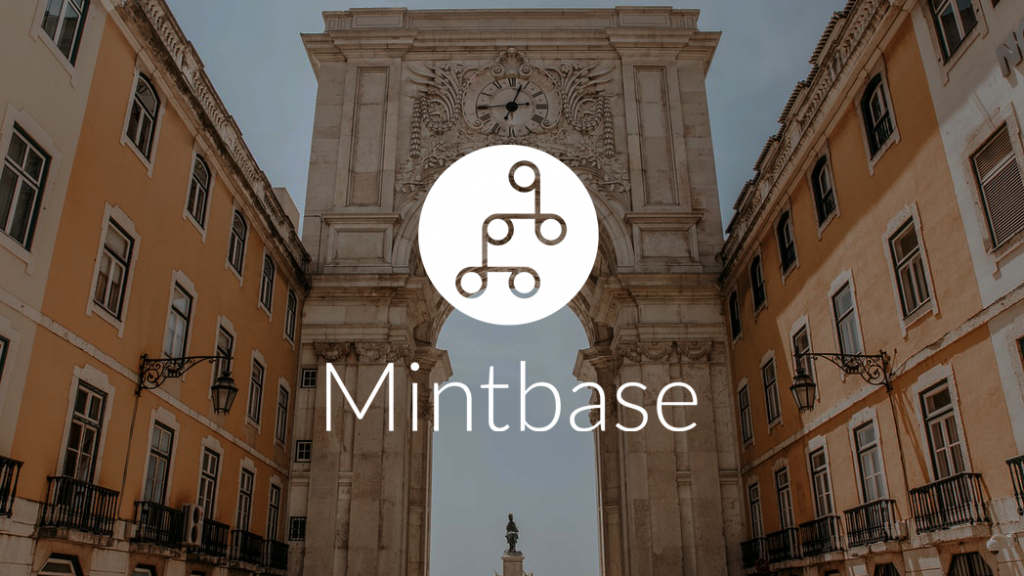
Mintbase: Mintbase is in many ways the Mothership of NFT’s on NEAR. It’s a base-level platform that allows anyone and everyone to easily mint their own NFT’s and collections for whatever purpose they have in mind. Original planned for Ethereum, but now building fast out of Portugal, Mintbase boasts over 980 existing stores and more than 81,000 transactions. A transcript and general overview of Nate Geier’s Session at the Hack the Rainbow Hackathon can be found here.
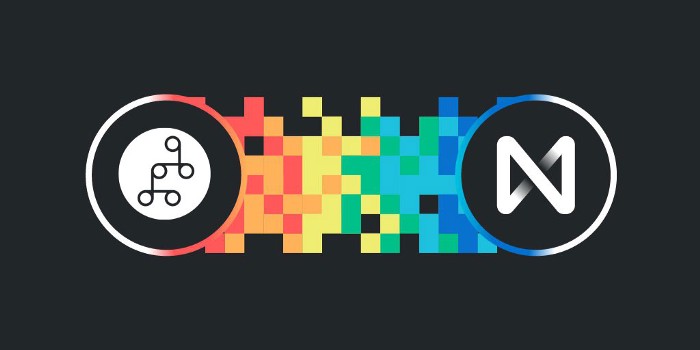
Createbase Guild: CreateBase is one of the fastest growing Guilds on NEAR. Managed by a community of artists and creators actively building on the platform, Createbase holds weekly calls to discuss project opportunities, funding rounds, and new ideas relating to the development of products and materials that will help promote NFT’s, Art, and other unique assets. To see the project pipeline click here.
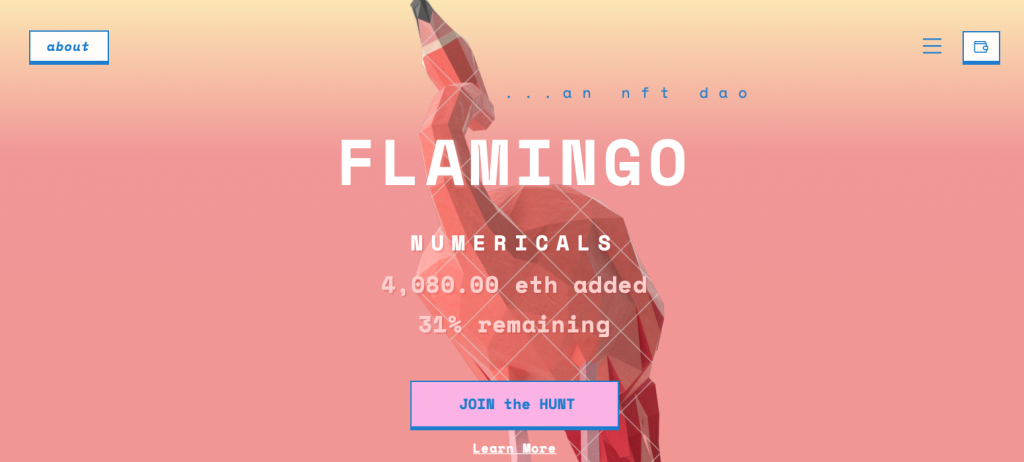
FlamingoDAO: FlamingoDAO is in its early days but from what is known about, is that it will exclusively support the development of NFT’s with funding, NFT acquisitions, and guidance for founders and developers. A full overview of FlamingoDAO can be found here. A fill overview of NEAR’s engagement with FlamingoDAO can be found here.
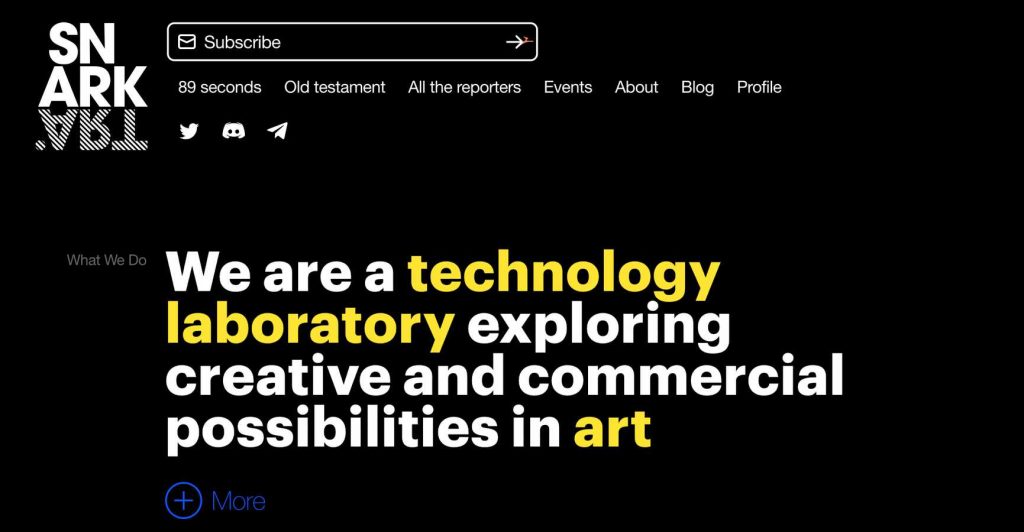
Snark.Art: Snark.Art describes itself as a technology laboratory at the intersection of crypto and art, exploring the commercial value proposition behind tokenized art. To date, users are able to purchase digital and physical art on the platform, while also connecting with artists.

ARterra: ARTerra describes itself as a home for digital collectables, at the intersection of gaming, fan engagement and events. NFT’s are used as a unique bridge in value between teams and fans, to increase overall engagement in sports and provide new value diffusion mechanisms to loyal followers.
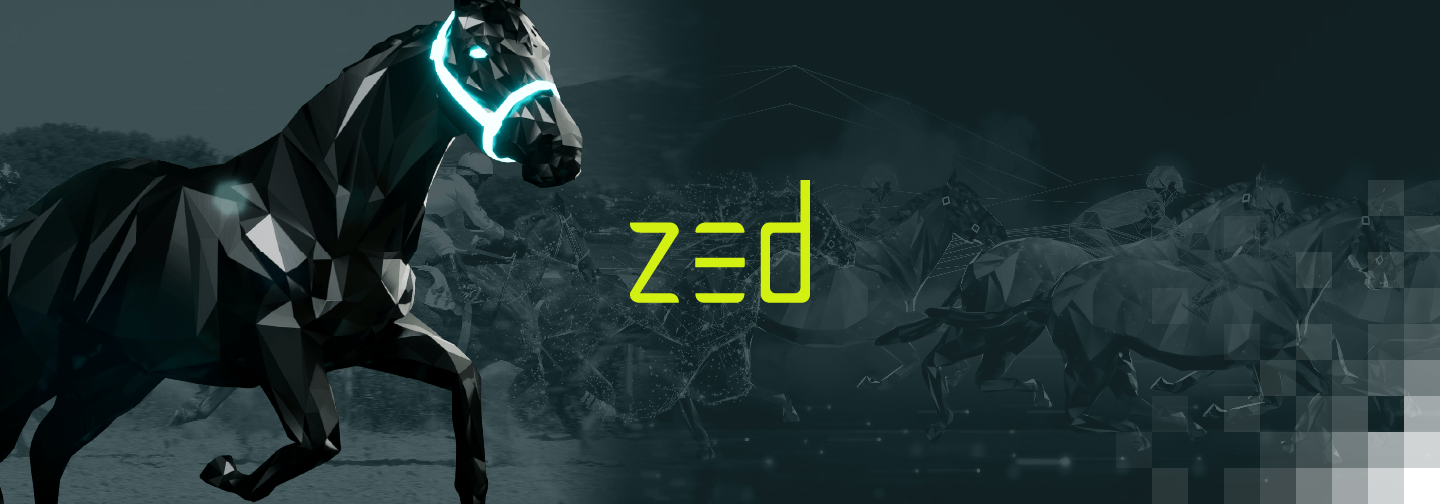
ZED / ZEST: When Digital Race horses meet NFT’s. Users are able to own, breed, and race their digital race horses. Customizations and staking coming soon. While the original platform is built on Ethereum, the Zed team has shown a deep interest in building out more on NEAR as their ecosystem continues to develop in both sophistication and adoption. For more on Zest check out NEAR Without the Noise Episode 5.
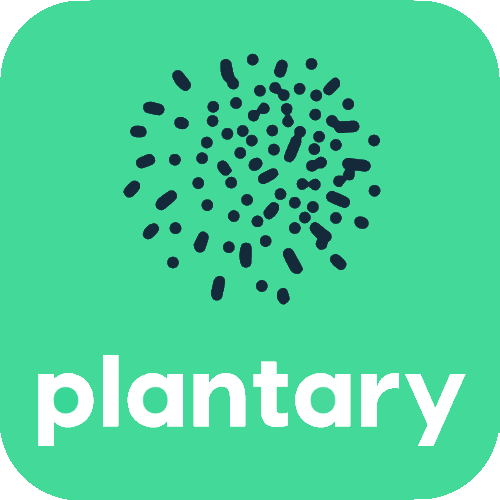
Plantary: A hackathon project developed by Mykle and Lenara working at the intersection of Art and NFT’s. For more about Plantary check out the writeup on their NEAR Without the Noise Episode.
What these many projects indicate – to future artists, musicians, developers, and entrepreneurs, is that the NEAR Ecosystem is an emerging home for NFT’s. With a robust community that is both funded and active in sharing ideas, and projects, NEAR is building out the groundwork for creators, artists, and entrepreneurs alike to take NFT’s to the masses in the coming years. This comes at a time when NFT’s are poised to break through as one of the most exciting and valued asset classes in crypto.
To join the Createbase chat click here.




